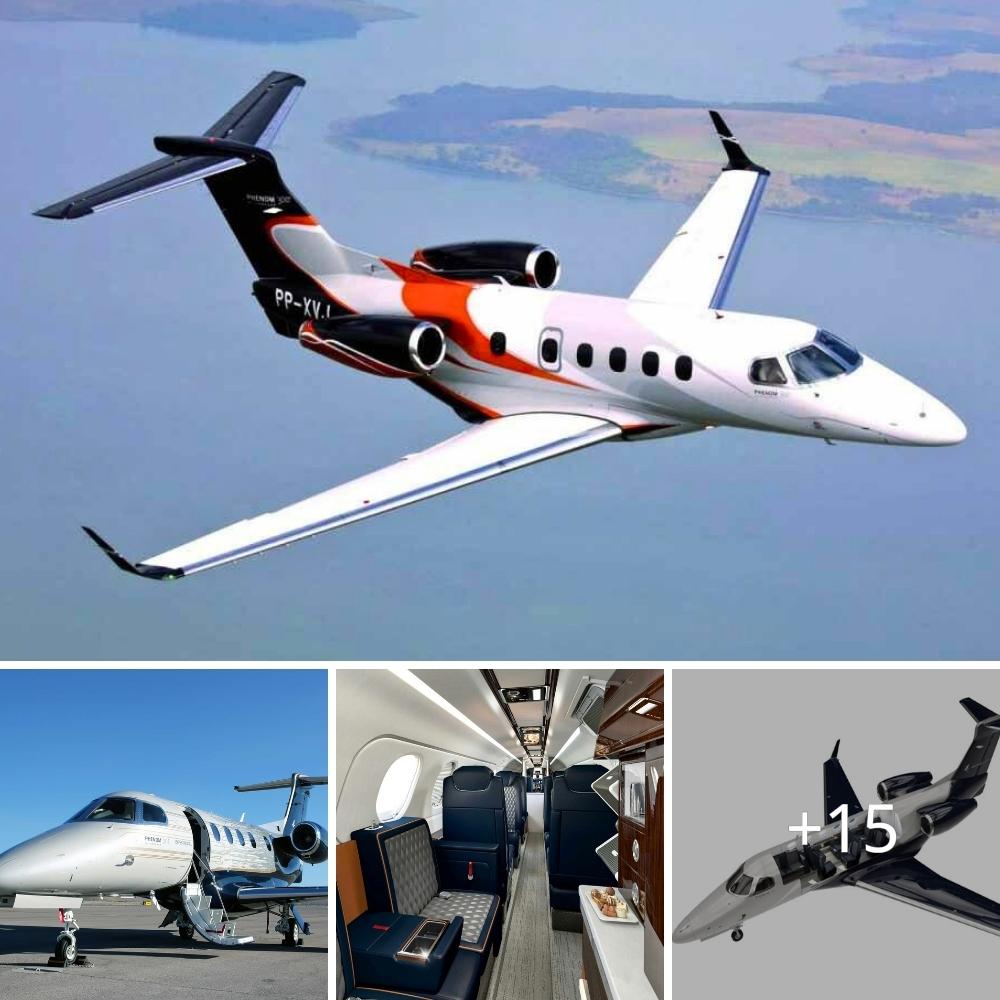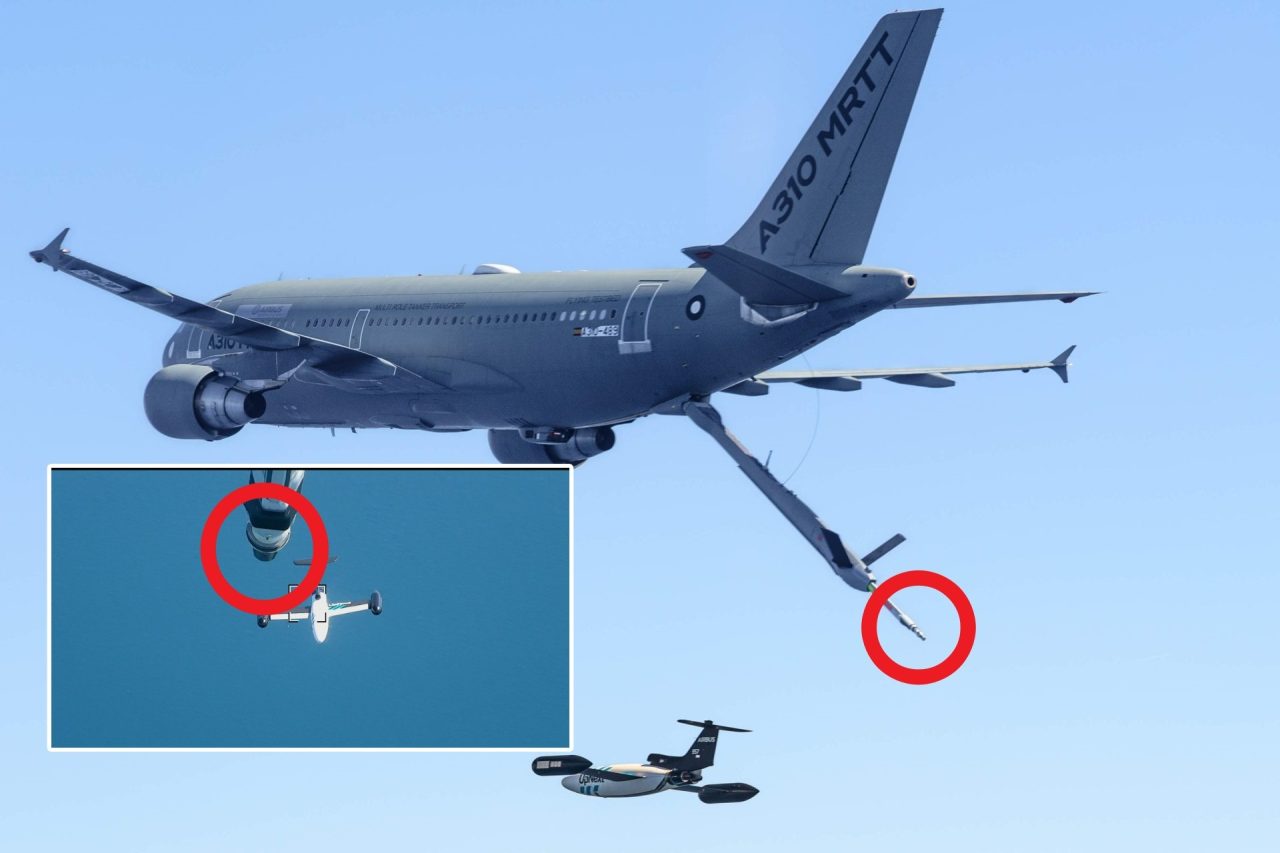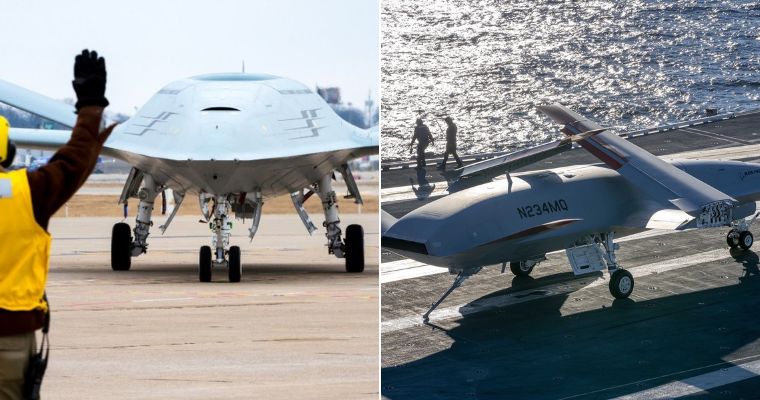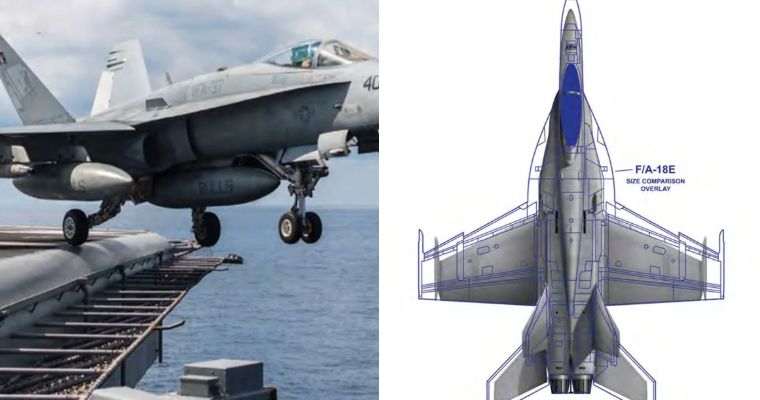The means of carriage needn’t be the means of locomotion, says Node Air, and logistics for passengers and cargo will work better with detachable pods that can connect to air or ground vehicles as needed. It’s teamed up with JetX to pursue its vision.

The idea is something we’ve seen before, most notably put forward by EmbraerX in its Pulse concept. But it goes something like this: most air trips involve ground logistics at either end, so people and cargo need to be shifted from ground vehicle to air vehicle and back to ground vehicle every time they fly.
Why not leave them where they are, in a cabin or cargo pod that can quickly and easily connect to ground vehicles and air vehicles alike?
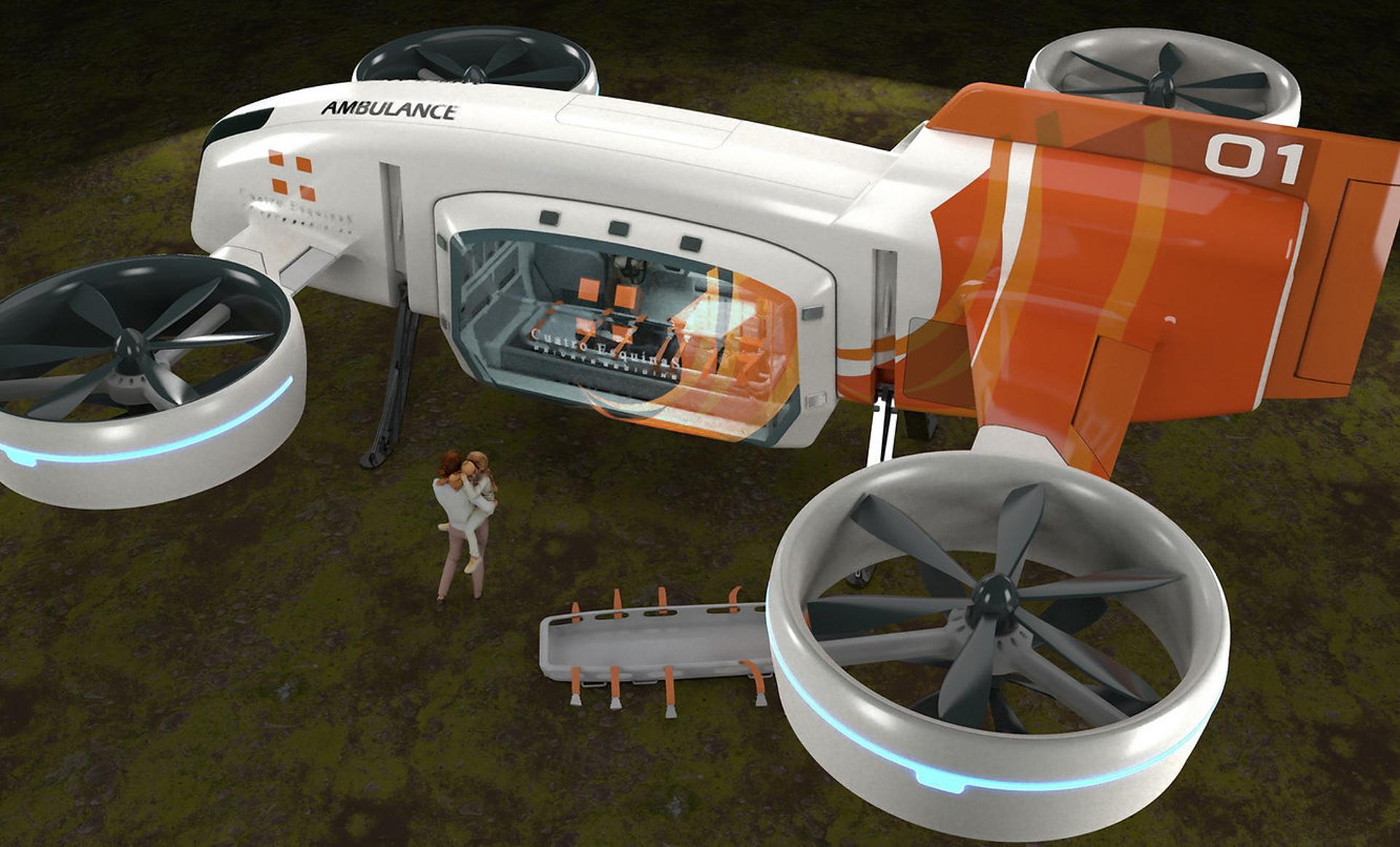
In this model, a pod would roll up at your door to pick you up, sitting on the back of a skateboard EV chassis like the ones REE have been building. This chassis would have its own batteries, motors, sensing, steering and control mechanisms built in, and it’d ferry you overland to a takeoff point. Here, a great big drone would land on top.

The ground chassis would release the pod, and the airframe would grab it securely from above. With its own battery power, it’d fly you off to your destination, where it’d drop your little pod onto another land chassis, which in turn would take you to your destination. A three-leg journey without having to get up off your burgeoning backside. For super-efficient, long-range transport without the hassle of traffic, maybe you could drop the pods onto rail carriages.

Florida company Node Air says it’s working to bring this vision about, and it clearly doesn’t mind if it has to appropriate other organizations’ logos to get there. Amazon, DHL, the UNHCR Refugee Agency, all of ’em get branded renders on the Node Air website.
Now, Node has teamed up with fellow Floridian company JetX “for the development of a new modular concept aircraft with JetX Vector Thrust Propulsion.” Indeed, we might as well cut ‘n’ paste the rest of the release, because it’s not exactly War and Peace.
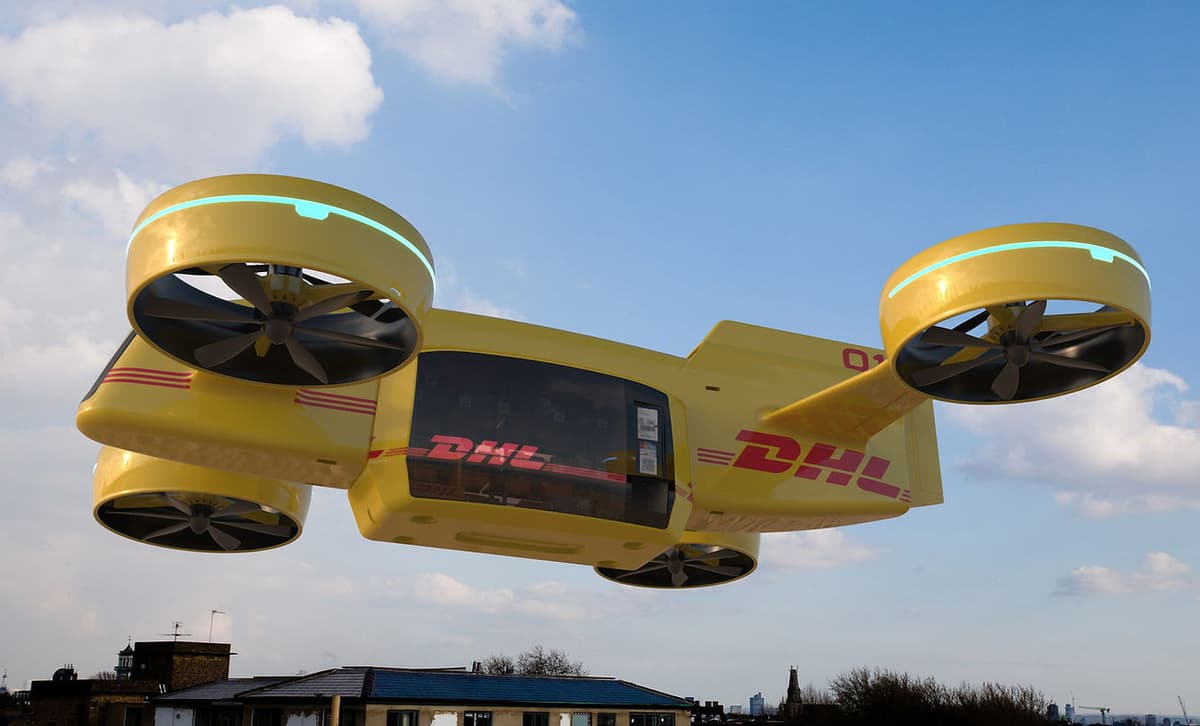
“New aircraft are incorporating the best of both worlds, Integrating Node Air modular transportation system with the best propulsion ever,” it reads – errors theirs, not ours. “The result will be something completely new, overtaking, unique, and revolutionary in this starting industry.”
JetX, the eagle-eyed might remember from April last year, is all about non-tilting thrust vectoring propulsion tech. It takes ducted fan propulsion units – either bladed fans or those strange “bladeless” varieties that Jetoptera is working on – and proposes methods by which a fixed fan can be augmented with flaps, rotating system, cascade vanes, buckets and other contraptions such that the thrust from these fans can be “bent” to point downwards. Thus, you can design an aircraft with fixed propulsion banks that don’t need to physically tilt in order to transition from hover to cruise flight.
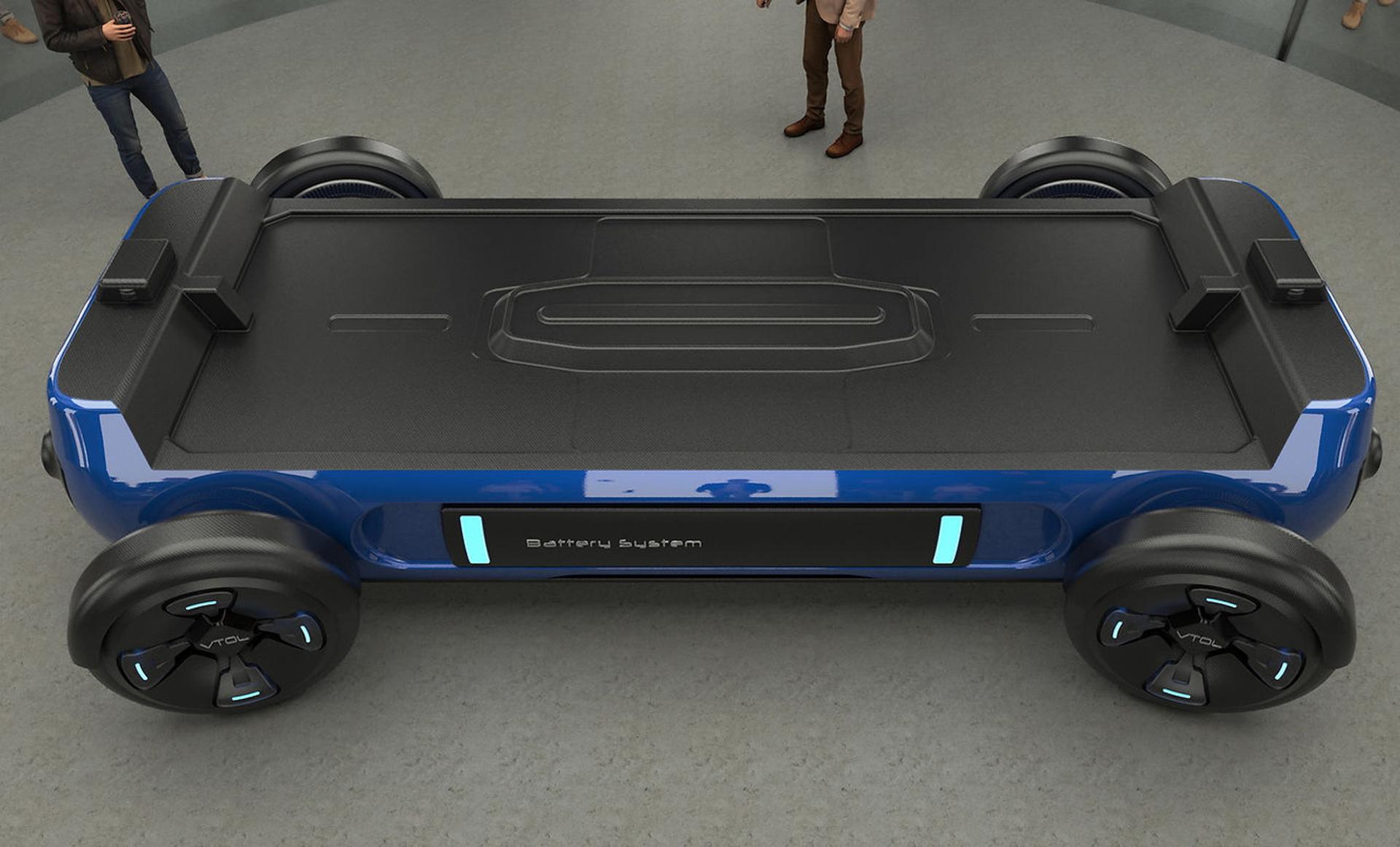
If we were a little skeptical about the JetX idea last year, this rather fanciful collaboration between two companies long on renders, short on details, achievements and apparently cash certainly doesn’t help. If Node Air is struggling to get its modular transport idea off the ground with big, efficient multirotor designs, we fail to see how moving to an unproven propulsion system (which becomes significantly less efficient the further it moves toward vertical lift) is going to help.

JetX
Likewise, if JetX hasn’t managed to get so much as a drone off the ground with its propulsion systems, we fail to see the wisdom in spending time developing a modular transport system that makes things so much more complex, and needs to be certified both for autonomous road and air use if it’s to function.
Still, these two companies sure know how to pump out a funky render. So we look forward to some slightly cooler-looking images – and perchance a video if pockets run deep enough – in the coming months. We won’t be holding our breaths for an end product, though.
Sources: Node Air, JetX



